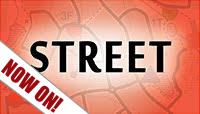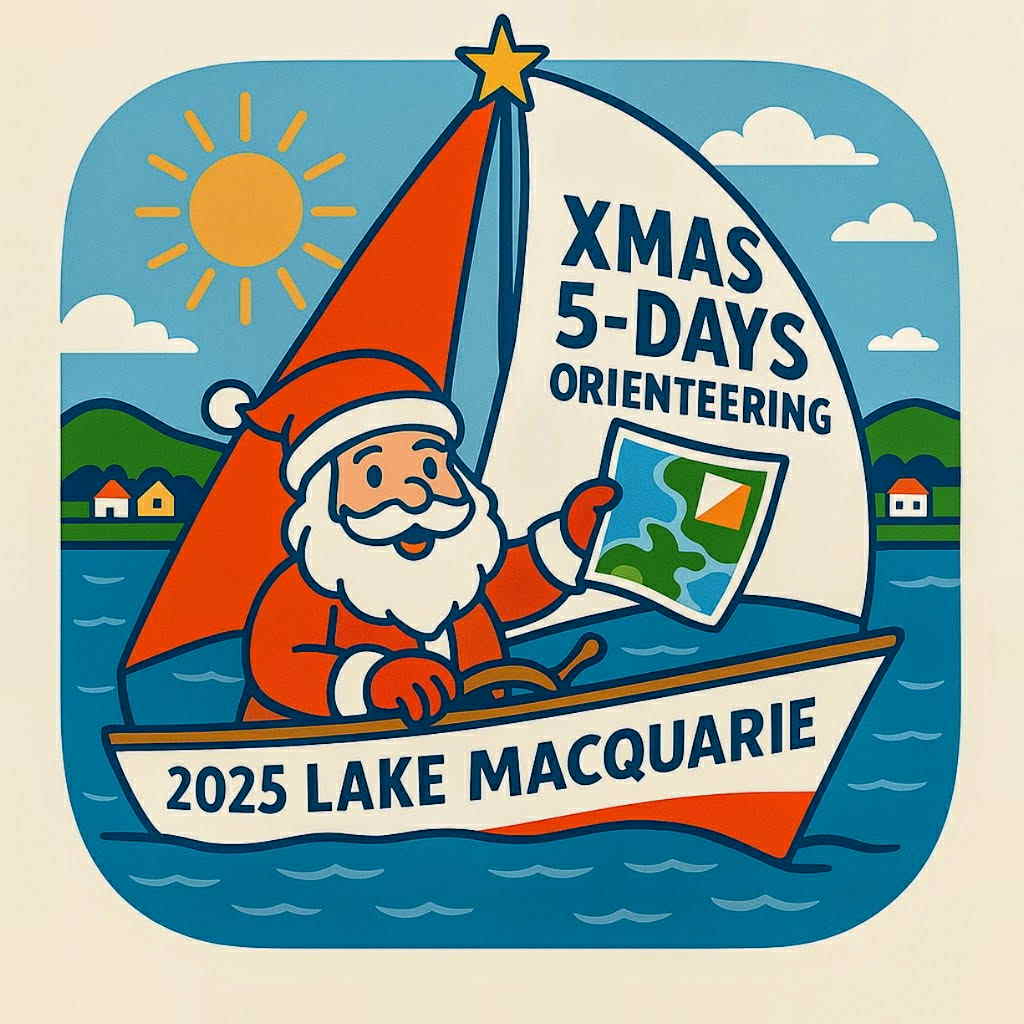This is a two step process.
1. Register your details on Eventor (the online system for entry and payment for all orienteering events). You will only need to do this once. For entry to future events you will only need to do step 2.
2. Enter your chosen event.
-------------------------------------------------------------------------------------------------------------------------------------
Step 1 - Register on Eventor
Follow the instructions at How to Register and Add Yourself as a State Casual in Eventor . This will register you as a Casual member which is free.
Step 2 - Enter the event
Go to Eventor and log in.
Go to the date of the event on the Event Calendar and click on the event link.
Read the information at the top of the screen and other information if available under Documents and Links. This will help you select a course.
Click on Enter and/or order services in the Entry box on the right.
Click on the drop down list under Class to select you course.
If eligible for FIRST TIMER DISCOUNT (your very first orienteering event) click on the drop down list under Available Services and select the relevant First Timer Discount and click the +Add button. This will reduce the fee for your chosen course.
Entering as a team: You can join with someone already entered on a course to form a team. Team entry is the same cost as one individual entry (ie. extra members are free) and includes one map. If you are joining with someone already entered to form a team click on the drop down list under Class and select Team Mbr. If you require your own map select the relevant Extra Map under Available Services and click the +Add button.
Read the Entry terms and conditions and tick the box to accept.
Click Next to go to the Confirm page.
Check your entry details are correct. Tick to accept the Order Terms and conditions and click Confirm and go to payment.
Make the required payment.
You are now entered for the event. Your entry will now be listed on the Event Calendar and your name will be on the All Entries list.
Newcastle Orienteering Club Event Entry Fees
First timers: Discounted entry fees apply if it is your very first orienteering event and includes SI timing stick hire for Bush or Urban events. (Street and BOSS events use the free MapRun app). See below.
SI timing stick hire (Bush & Urban events) - $2.00.
|
|
Senior
(over 20)
|
Junior
(13-20)
|
Sub-junior
(under 13)
|
Family*
|
| BUSH SERIES - 2025 | ||||
| Members | $14.00 | $10.00 | $7.00 | $38.00 |
| Casuals / non-members | $18.00 | $14.00 | $7.00 | - |
| First timer | $10.00 | $8.00 | Free | - |
| STREET SERIES - 2025/2026 | ||||
| Members | $10.00 | $8.00^ | ^ | $28.00 |
| Casuals / non-members | $14.00 | $12.00^ | ^ | - |
| Mini course (if available) | Free | Free | Free | - |
| First timer | $10.00 | $8.00^ | ^ | - |
| URBAN SERIES - 2026 | ||||
| Members | $10.00 | $8.00 | $5.00 | $28.00 |
| Casuals / non-members | $14.00 | $12.00 | $5.00 | - |
| Mini course | Free | Free | Free | - |
| First timer | $10.00 | $8.00 | Free | - |
| BOSS MTBO - 2025/2026 | ||||
| Members | $14.00 | $10.00 | $7.00 | $38.00 |
| Casuals / non-members | $18.00 | $14.00 | $7.00 | - |
| First timer | $10.00 | $8.00 | Free | - |
* Family = two adults + one or more junior children (Family rate is for members only).
Office Bearers
Ordinary Committee Members
Glenn Burgess, Sam Howe, Jim Lee, Peter Orr, Geoff Peel, Margaret Peel, Malcolm Roberts, Geoff Todkill, Robert Vincent
Accreditation - Name - Expiry
Level 3 - Robert Vincent - 31 Dec 2027
Level 2 - Andrew Power - 30 Nov 2027
Level 2 - Scott Simson - 30 Jun 2029
Level 2 - Geoff Todkill - 30 Nov 2027
Level 1 - Glenn Burgess - 31 Aug 2029
Level 1 - Shane Jenkins - 30 Nov 2027
MTBO Level 2 - Andrew Power - 31 Aug 2028
For info on controlling and a list of all accredited Orienteering Australia controllers see Be a Controller - Orienteering Australia.
- Newcastle Orienteering Club on facebook
- Eventor - Orienteering Australia's event, entry and membership management system
- Orienteering South Australia
- Orienteering Western Australia
- NOL - National Orienteering League






